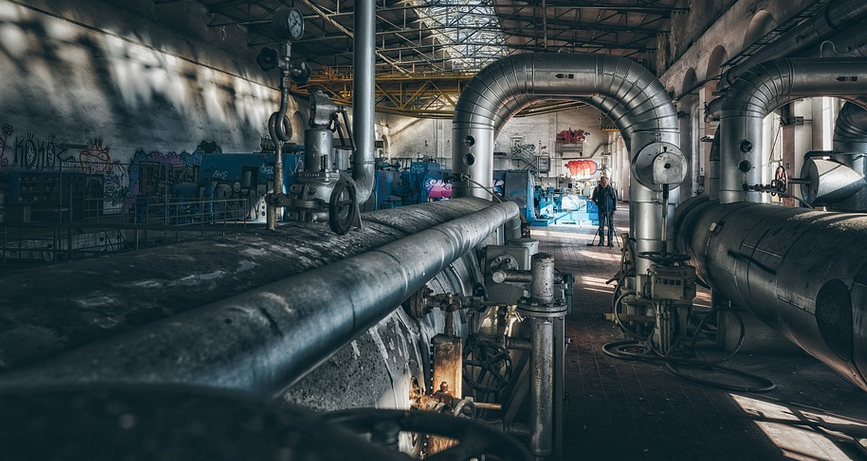
Beaver Dam Asbestos Legal Questions: A Breakdown For Homeowners
Navigating the Complexities of Asbestosis
Asbestos, a naturally occurring mineral that was once widely used in construction due to its strength and durability, has unfortunately been linked to serious health issues. The unfortunate reality is that many structures built with asbestos-containing materials in the past are still standing today. While these materials have served us well, they also pose a significant risk to our health if not handled properly. This brings us to beaver dams, those charming structures made from natural resources, and their potential connection to asbestos.
One question that often arises is whether or not there’s a legal framework for dealing with asbestos in the context of beaver dam construction. This article aims to shed light on this increasingly relevant situation, addressing both the legal angles and the practical concerns surrounding it.
**The Legal Landscape: A Primer on Asbestosis Awareness**
Asbestos is a known carcinogen, meaning prolonged exposure can significantly increase the risk of various types of cancer. This poses significant health risks for individuals and families who might unknowingly come into contact with this hazardous material. The US Environmental Protection Agency (EPA) has classified asbestos as a serious threat to public health and has implemented strict regulations to minimize its presence in our environment.
The legal framework surrounding asbestos is based on the principle of “prevention.” This means that anyone involved in construction, demolition, or renovation activities must take precautions to prevent exposure to asbestos fibers. These agencies are mandated to ensure that all building materials meet safety standards and that necessary measures are taken to handle any potential risk.
**Beaver Dams: A Potential Source of Asbestosis Concerns**
The use of beaver dams in construction has been a topic of discussion for many years. While these structures can be aesthetically pleasing and functional, there’s a growing awareness that they might pose potential asbestos-related risks.
Beaver dams are often built with materials like logs, branches, mud, and rocks – all of which can contain traces of asbestos fibers. As these materials age, the risk of asbestos fibers breaking off and being dispersed into the environment increases. These fibers can become airborne and settle on surfaces, posing a potential health hazard to individuals who may come into contact with them.
**Addressing Legal Concerns: A Collaborative Approach**
The legal question of whether or not there are specific regulations concerning beaver dams and asbestos is complex. There’s no one-size-fits-all solution, as the specifics depend on factors like local laws, the age of the dam, its location, and possible proximity to residential areas.
To navigate this legal terrain effectively, homeowners need to be informed about their potential risks. Consulting with a qualified lawyer specializing in environmental law is an essential step in understanding any specific legal obligations they might have in relation to beaver dams and asbestos.
**What Can Homeowners Do?**
Homeowners should take proactive steps to minimize potential risks. The key lies in being informed, taking preventative measures, and understanding legal responsibilities. Here are some important steps:
**Proactive Measures:**
- **Regular Inspections:** Conduct periodic inspections of the dam’s surrounding area to identify any signs of potential asbestos-containing materials.
- **Protective Gear:** If you notice any suspected asbestos, wear protective gear like masks and gloves during cleanup or demolition.
**Legal Compliance:**
- **Consult a Lawyer:** Seek legal advice from an environmental law specialist specializing in asbestos and building codes.
- **Document Everything:** Keep records of all inspections, repairs, and any actions taken regarding potential asbestos concerns.
**Emergency Response:**
- **Contact Professionals:** If you suspect exposure to airborne asbestos or a serious environmental hazard, immediately contact local authorities (e.g., health department) and follow their instructions.
- **Air Quality Monitoring:** Consider using air quality monitoring devices to assess potential exposure levels during any dam renovation or maintenance activities.
**Protecting Yourself and Your Home.**
Beaver dam construction can be a beautiful and rewarding experience. However, it’s crucial to remember the potential risks associated with asbestos and take these steps to protect yourself and your home from possible hazards. Stay informed about legal requirements, prioritize safety precautions, and seek professional assistance when necessary.
**Moving Forward: A Call for Informed Action**
The presence of asbestos in beaver dams, while not as common a concern as other types of construction materials, still needs attention. By understanding potential risks and taking proactive steps to mitigate them, homeowners can contribute to safer communities and minimize the long-term impact of this hazardous material.
**Disclaimer: This article is for informational purposes only and should not be construed as legal advice. Always consult with a qualified professional before making any decisions regarding your property or asbestos safety.**